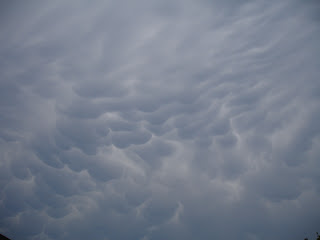Seasons are explored in one form or another at every grade level.
As students get older it's important for them to learn about the Reasons for the Seasons.
Here's a few resources to help children understand this important concept.
Activity 1
View an excellent Slide Show.
~ Scholastic Study Jams Slide Show - Seasons
Activity 2
View an excellent Video.
~ Bill Nye on Seasons
Activity 3
Have students use manipulatives/props to represent the Sun and Earth to demonstrate the Earth revolving around the Sun. In this picture we used a globe and a LARGE yellow exercise ball.
Activity 4
Make a Science Foldable showing the Earth's tilt and revolution (orbit) around the Sun. This activity comes from the blog Third Grade Thinkers.
~ Seasons Foldable Activity by Third Grade Thinkers
Activity 5
Read some good books about the Reasons for Seasons. Gail Gibbons book, The Reasons for Seasons, is one example. Her books are always excellent.
As students get older it's important for them to learn about the Reasons for the Seasons.
Students need to learn that Seasons are caused by the TILT of the Earth as it REVOLVES around the Sun.
Here's a few resources to help children understand this important concept.
Activity 1
View an excellent Slide Show.
~ Scholastic Study Jams Slide Show - Seasons
Activity 2
View an excellent Video.
~ Bill Nye on Seasons
Activity 3
Have students use manipulatives/props to represent the Sun and Earth to demonstrate the Earth revolving around the Sun. In this picture we used a globe and a LARGE yellow exercise ball.
Activity 4
Make a Science Foldable showing the Earth's tilt and revolution (orbit) around the Sun. This activity comes from the blog Third Grade Thinkers.
~ Seasons Foldable Activity by Third Grade Thinkers
Activity 5
Read some good books about the Reasons for Seasons. Gail Gibbons book, The Reasons for Seasons, is one example. Her books are always excellent.
Enjoy learning about weather and seasons!











































